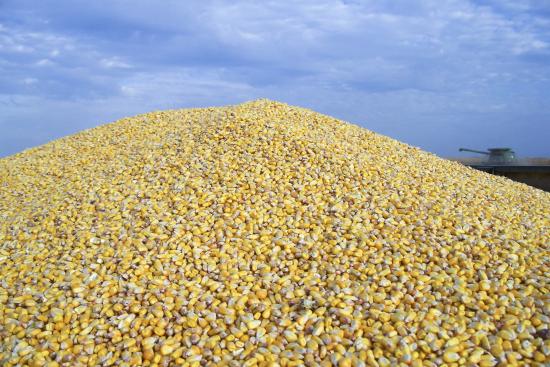
Dead in the water. This is a nautical phrase used by sailing vessels to indicate little to no movement, often on a windless day. Or it could be used to describe the last two months of price movement in the corn market.
On January 13, July corn futures traded at $5.40. Fast forward to March 18, and July corn futures are trading at (you guessed it) $5.40. Two months of sideways price change has the market looking somewhat tired and indicating upward momentum has been lost.
The previous two Supply and Demand reports were identical in projected carryout, which means no significant changes during the key winter months for supply and demand tables. In a year of high price and high volatility, it is just a matter of time before prices break out of a sideways pattern and find direction. This Perspective will look at the next two months and provide best- and worst-case scenarios for corn prices.
There will be four USDA reports released between now and the end of May. On March 31, the USDA Quarterly Stocks and Prospective Plantings are due for release. The market will intently watch both for a directional price bias.
Declining crop conditions at the end of the growing season and increased demand have suggested the ending stocks estimate could be supportive. It is unlikely, however, that the acreage number will support corn prices. On the contrary, expectations are for an additional 3 to 4 million acres compared with last year’s 90 million. Nonetheless, these two reports will give us a real perspective on current supply and ultimately supply for the year ahead.
On April 9, the next Supply and Demand report will be released and will have impact, likely factoring results of the Quarterly Stocks report as well as adjustments to supply and demand. Projected carryout for corn is 1.502 billion, and by the April report will likely change.
Beyond April, weather becomes a more critical factor intertwined with the May Supply and Demand report on May 12. Between these four reports and additional weather developments in South and North America, the tone for price direction will be in place.
We suggest preparing for lower prices. In essence what this means is that, with old-crop prices stalling, you should be selling inventory, because the likelihood of lower prices will grow if South American production (namely the second crop in Brazil) has good yield results. Yet, it does not take a vivid imagination to argue for higher or dramatically higher prices if demand continues to run at a strong pace and end users secure inventory if adverse weather for production occurs.
Cover 2020 cash sales with call options. For bushels you do not intend to forward sale, purchase put options to establish a price floor. This strategic approach prepares you for a price breakout in any direction and takes advantage of the trend.
------------------------
If you have comments, questions, or suggestions, contact Bryan Doherty at Total Farm Marketing. You can reach him at 1-800-TOP-FARM, extension 300.
Futures trading is not for everyone. The risk of loss in trading is substantial. Therefore, carefully consider whether such trading is suitable for you in light of your financial condition. Past performance is not necessarily indicative of future results.
The Link LonkMarch 19, 2021 at 09:25PM
https://ift.tt/3r4oitf
The corn market balloon needs gas, analyst says - Successful Farming
https://ift.tt/3gguREe
Corn

No comments:
Post a Comment